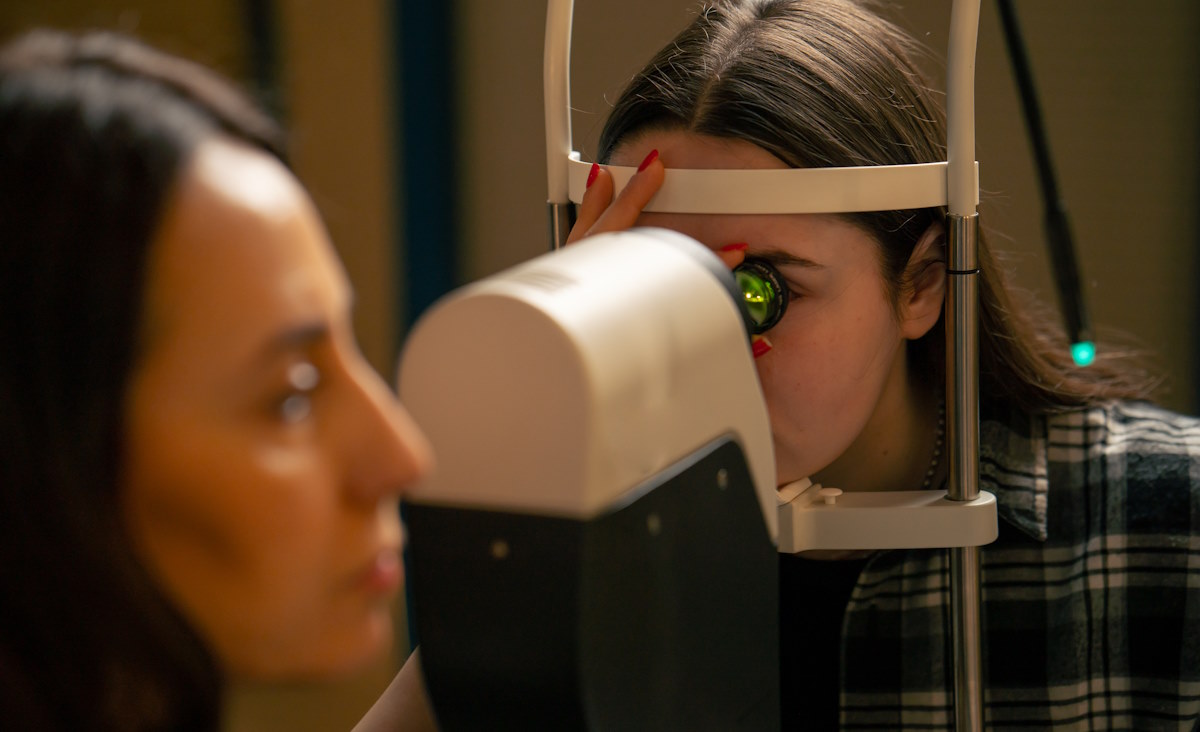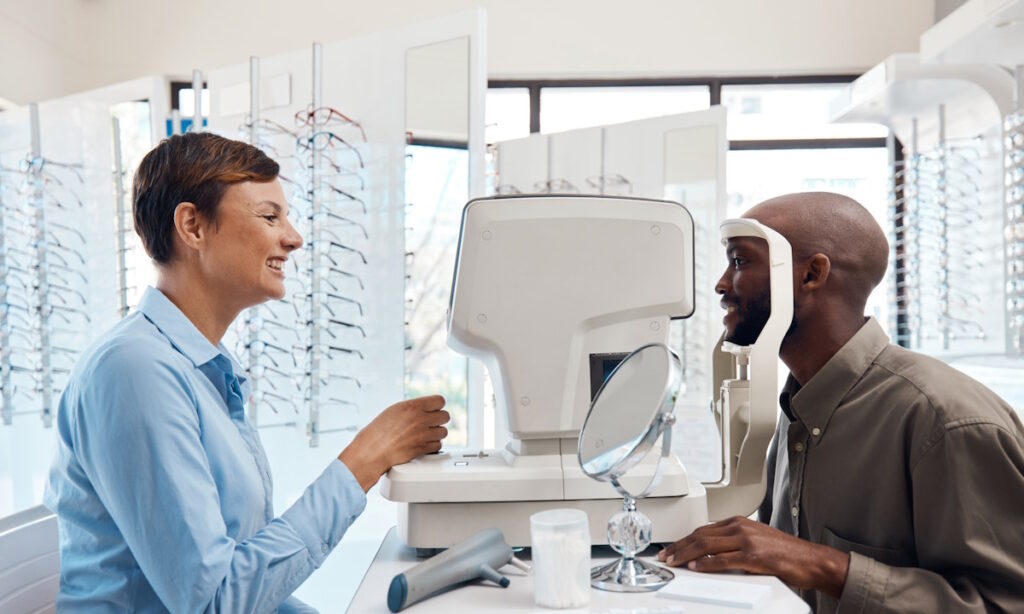Navigating most insurance coverage isn’t easy, and the same is true when it comes to your vision and eye health insurance. Most private health insurance plans that people have paid for by their employers contain some type of coverage for vision and eye health. If you don’t have any insurance, you’ll be able to use the public health system.
In this article, we’ll be covering the ins and out of public healthcare coverage for vision and eye health, along with the common themes found in private plans. We hope that this information gives you a clear idea of what will be included (or not) at your next visit to your optometrist.
BC Medical Services Plan (MSP)

In British Columbia, residents have access to public health insurance known as The Medical Services Plan (MSP). MSP is the provincial insurance program that pays for required medical services and offers supplementary benefits for other services. In order to be eligible for MSP, you must be a citizen of Canada, a BC resident, and physically present in BC at least 6 months in a calendar year.
If you have any dependents, they will also be covered under your MSP coverage. Dependents include your spouse, children, and post-secondary students (under age 25). Once children turn 19, they’re eligible to create their own MSP account.
You may also be considered a resident and therefore covered under MSP if you hold a Study, Work, or Working Holiday visa. Even if you’re a maintained status holder waiting for a work or study permit, you may be eligible for coverage.
What’s Covered Under MSP?

Eye Examinations
The routine eye examination is one of the most common services accessed at the optometrist. You can get your routine eye exam covered by MSP under a couple of circumstances.
If you’re under 18, you can get an eye exam covered annually, whether you need it or not. Patients age 65 or older are able to get partial coverage under MSP. That means there’s no excuse to slack on your eye health as a child or senior citizen.
The other way to get an eye exam covered is if it’s medically required. But in general, the only way you’ll get a direct request to an optometrist for an eye exam is if you’re dealing with ocular disease, trauma or injury, a disease with ocular risk (like diabetes), or taking medications associated with legitimate ocular risk.
Otherwise, if you’re aged 19-64 and just need a routine eye exam, that typically won’t be covered by MSP. However, it’s possible to earn partial coverage depending on how long it’s been since your last full exam.
Every optometrist office operates a little bit differently, so if you’re unsure about what will be covered, it’s a good idea to contact your optometrist.
Ophthalmologist Services

An ophthalmologist is a Doctor of Medicine (MD) or a Doctor of Osteopathy (DO) that has specialized training to diagnose and treat conditions of the eye. They’re qualified to do everything an optometrist can do, plus they can do surgery and diagnose other health conditions like diabetes.
MSP will only accept claims for ophthalmologist services with a referral from a general practitioner. The general practitioner is in charge of determining whether an eye exam is medically appropriate. They may also refer you for MSP coverage for imaging like Optical Coherence Tomography (OCT) scans and visual field tests.
What’s Not Covered Under MSP?

If you need refractive change, this will not be covered by MSP. Refractive change is when you need glasses or contact lenses to correct your vision, a very common occurrence for people as they get older.
The same goes for the replacement, repair, and adjustment of prescription eyewear or contacts. Same with your contact lens fitting appointment. Nothing related to vision correction is covered.
Coverage for Those on Assistance

If you’re receiving income or disability assistance, you’ll have access to specified optical services supplemented by the provincial government. All you need is your BC Services Card, and the optometrist will be able to verify your coverage.
As an adult, you’ll be covered for up to $48.90 once every two years for routine eye exams. You’ll also be covered for new eyeglasses (up to the maximum rate), new lenses (if required), repairs to lenses or frames, and a glass or lenses case.
Children under the age of 19 in families who receive assistance are covered for new eyeglasses (up to the maximum rate) on top of the routine eye exams covered by MSP.
Private Insurance Coverage
Roughly 60% of Canadians use private health insurance, typically in the form of an employer benefit. Employers buy health insurance at a group rate and offer it to their employees as a benefit.
You can buy all kinds of private health insurance, and like anything, you get what you pay for. But generally speaking, private insurance coverage will be more comprehensive than MSP.
The majority of private plans will partially or completely cover routine eye exams annually or once every two years. If you need prescription eyewear or contact lenses to correct your vision, most private plans will provide a fixed allowance to help cover some of the costs. If you have an extra comprehensive insurance plan, you may also have access to specialized services like LASIK, other corrective surgeries, and specific consultations for conditions like glaucoma or diabetic retinopathy.
At Inner Harbour Optometry, we deal directly with insurance providers. That means all you need to bring is your insurance details, and we’ll bill your provider directly (if they support direct billing). That way, you won’t need to worry about the claim process.
Visit one of our two downtown Victoria locations today or book an eye exam online today.
